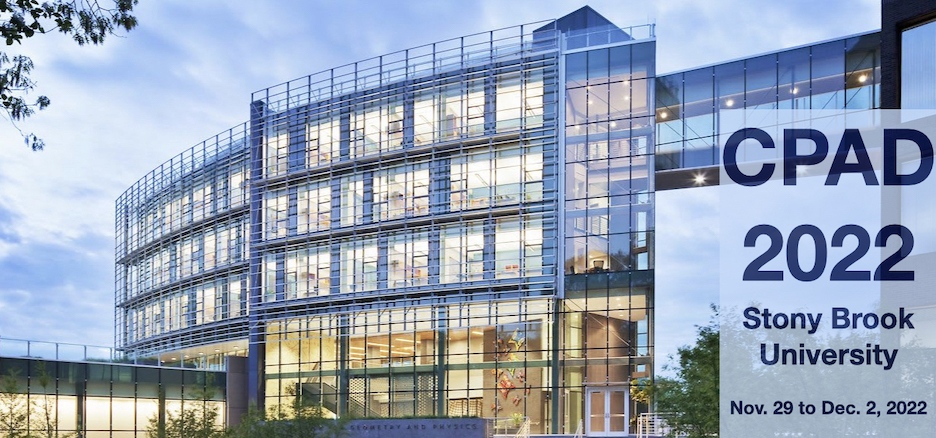Speaker
Description
We have a history of dark matter searches with noble liquids dual-phase detectors with an increasing track of observed condensed matter effects and contradictions that are yet unresolved. By attempting to establish correspondence with results and trends observed in low-temperature helium physics, we come up with a hypothesizes that the accumulation of unextracted electrons on the liquid-gas interphase can lead to Wigner crystallization and immobilization of surface-
bound electrons, and to instabilities of the charged liquid surface in a strong electric field. One should expect interactions of surface waves with surface charges, and we observed evidence of such interactions. Electrons and ion accumulation can lead to uncontrollable changes in the observed spectrum of low-energy events by generating surface-charge extraction events and by
alternating and suppressing the extraction of electrons produced by events below the liquid surface. We also expect the participation of impurities in the extraction of electrons into the gas and discuss underlining atomic physics effects and trends known from helium physics. Thus, we are suggesting possible resolutions for ambiguities and corrections to currently accepted models of detector operation which can have strong effects on the interpretation of results of current experiments and on the design of future small and multi-ton detectors.
This work was performed under the auspices of the U.S. Department of Energy
by Lawrence Livermore National Laboratory under Contract DE-AC52-07NA27344. LLNL-
ABS-841570.

